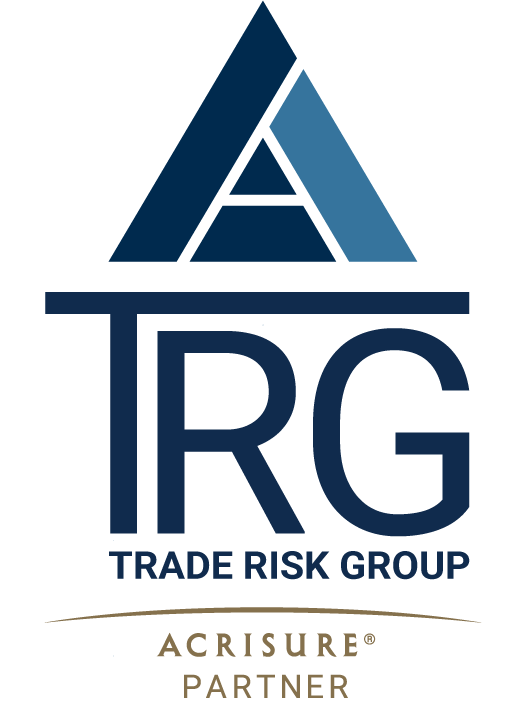Recently, hog producer Agfeed Industries filed for Chapter 11 bankruptcy protection. One interesting factor about this bankruptcy is that, on paper prior to their filing, Agfeed did not set off any alarms about their financial condition. The company had $244 million in revenue in 2012 and about $156.4 million in assets, and was part of a Chinese owned parent company that maintains 21 commercial farms and five feed mills in China, producing about 250,000 hogs annually. So what happened? Agfeed’s main US customer was Hormel Foods. Agfeed and Hormel were involved in a business dispute that went to court, and earlier this year Hormel won a $7.9 million arbitration award against Agfeed. This court decision spurred an event of default under the company’s $68.5 million credit facility, and a subsequent decision by the company to seek bankruptcy protection in order to try to sell their US operations.
For credit professionals, this situation highlights the risk of the potential domino effect on your customer if something major happens between your customer and a major customer of theirs. In this era of consolidation, more and more A/R risk is concentrated in a smaller number of customers all throughout the supply chain, leaving companies more vulnerable to loss from a business disruption one step removed from them in the chain. Maybe you have historically refrained from looking into credit insurance to protect your A/R risk because you have a sense of security that you know your customers. While this may be true, the Agfeed bankruptcy illustrates the risk of your exposure to your customer’s customer, and provides an additional reason to reconsider looking at credit insurance as protection against the domino effect risk, which is often very difficult to assess, and potentially catastrophic.
